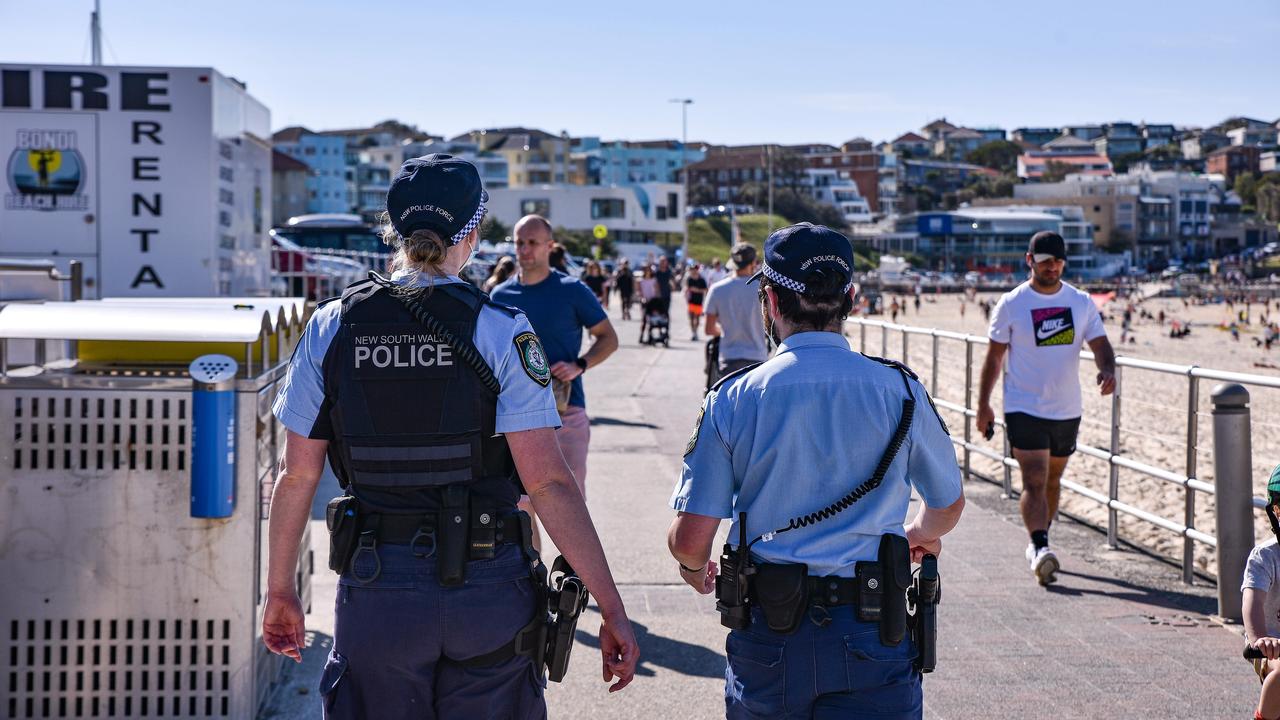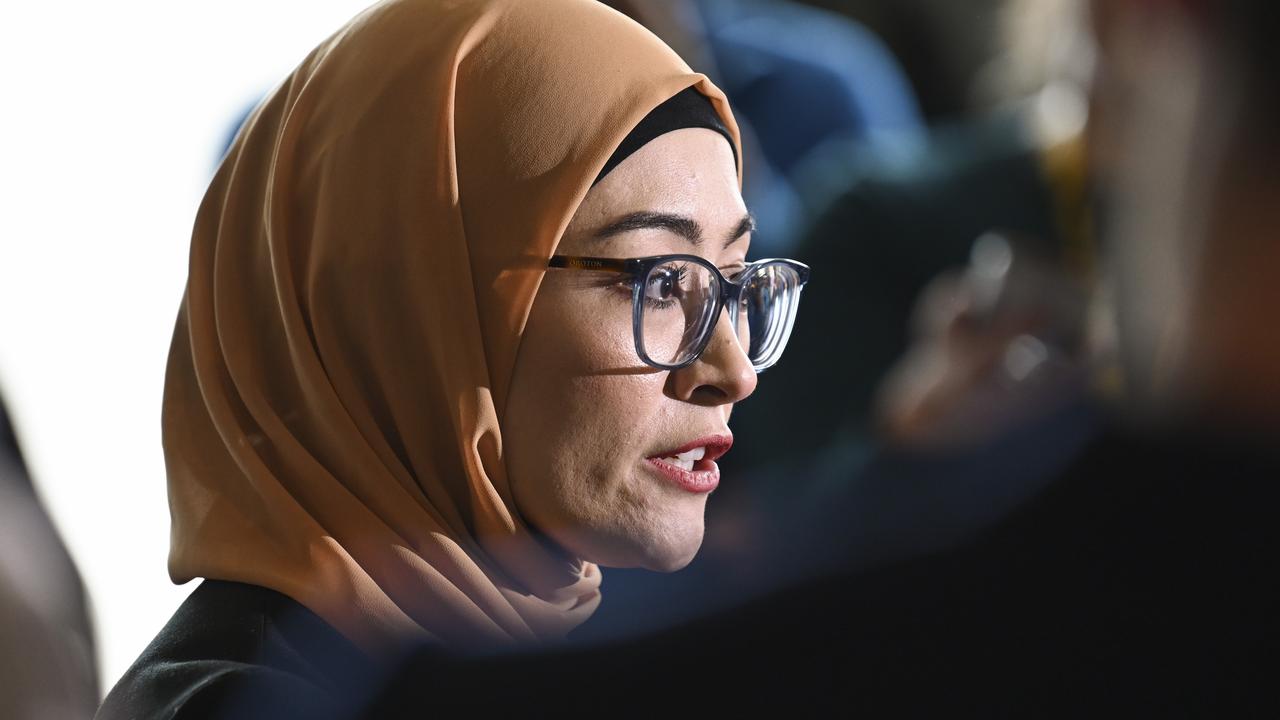Progress for Queensland in NAPLAN tests
STUDENTS in Queensland have recorded the biggest improvement in literacy and numeracy skills over the past two years, but all other states have slowed.
STUDENTS in Queensland have recorded the biggest improvement in literacy and numeracy skills over the past two years, but the latest report on the national literacy and numeracy tests says the rate of improvement across all states and territories has slowed.
The NAPLAN (National Assessment Program - Literacy And Numeracy) report released today shows the gap in performance between indigenous and non-indigenous students remains about the same, with indigenous students generally improving at the same rate as other students, not quicker.
The average scores of indigenous students is two to three years below the average performance of non-indigenous students in reading and numeracy, and about four years below the average student in the Northern Territory.
Students in remote areas also scored well behind other students, with about 51.5 per cent reaching the national minimum standard in literacy and numeracy compared to about 93.5 per cent of students attending school in the city.
The students showing the most need of assistance are indigenous students in very remote areas of the Northern Territory, where only 8.6 per cent of year 5 indigenous students reached the national minimum standard in reading compared to 94.1 per cent of non-indigenous students in the same schools.
School Education Minister Peter Garrett described it as "an appalling statistic" and demonstrated how too many disadvantaged students were being left behind at school.
"There shouldn't be a single education minister in the states nor a single senior state education bureaucrat who can take any comfort from these NAPLANs,'' he said.
"We need to react urgently in a focused way with a national plan for school improvement agreed by all.''
Mr Garrett and federal president of the Australian Education Union Angelo Gavrielatos said the results confirmed the need to reform the school funding system, which is to be considered by the Council of Australian Governments next year.
Mr Gavrielatos said the results clearly showed the need for targeted investment in schools to reach the students who need extra help.
"It's unacceptable that these results continue to show significant achievement gaps between students from poorer backgrounds and those from more affluent backgrounds, as well as between indigenous and non-indigenous students," he said.
"If we are serious about lifting overall student performance and closing those achievement gaps, we must tackle disadvantage through targeted resources."
The opposition's education spokesman Christopher Pyne condemned the government over the figures.
He criticised the call for more funding, saying while Labor had poured more money into education there had been little return.
"Despite the Gillard government's boast five years ago of an 'education revolution' and additional spending on school halls and computers, it has had little impact on student outcomes,'' education spokesman Christopher Pyne said in a statement.
Mr Pyne said improving teacher quality, developing a robust curriculum and giving principals more autonomy would boost performance without costing more.


